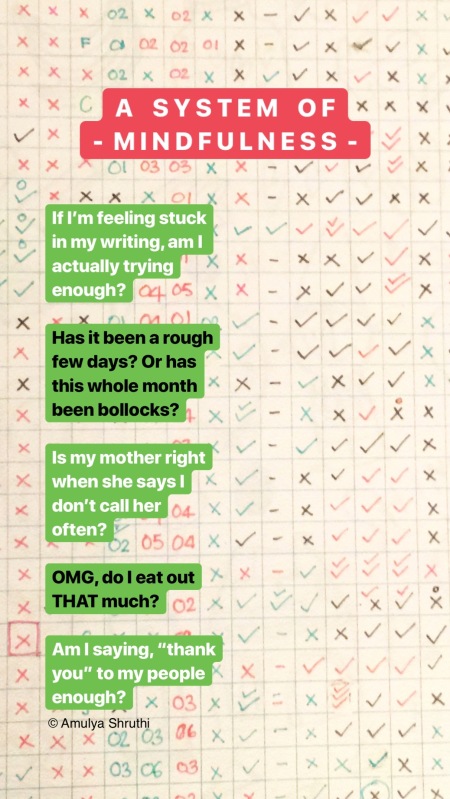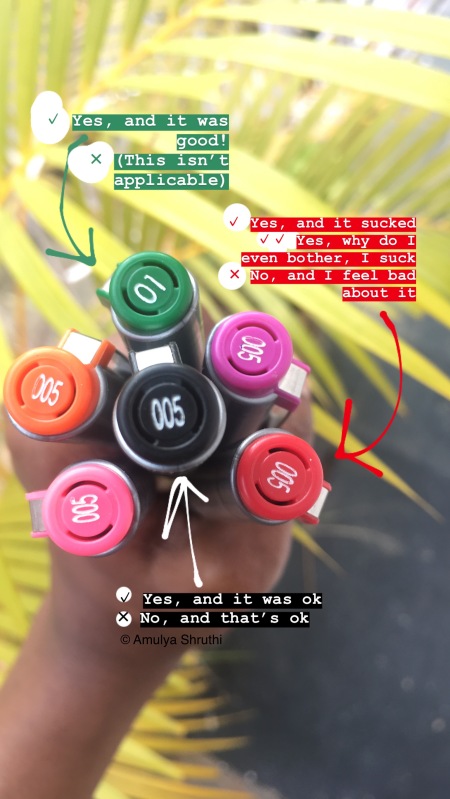I was listening to the BBC’s In Our Time program / podcast, and it had an episode about the rapture, the Christian belief that at some point God will physically carry people away to heaven:
Melvyn Bragg and guests discuss the ideas developed by the Anglican priest John Nelson Darby (1800-1882), drawn from his reading of scripture, in which Jesus would suddenly take His believers up into the air, and those left behind would suffer on Earth until He returned with His church to rule for a thousand years before Final Judgement. Some believers would look for signs that civilization was declining, such as wars and natural disasters, or for new Roman Empires that would harbour the Antichrist, and from these predict the time of the Rapture. Darby helped establish the Plymouth Brethren, and later his ideas were picked up in the Scofield Reference Bible (1909) and soon became influential, particularly in the USA.
At one point, one of the panelists said that Vice President of the United States Mike Pence has gone on record saying that he believes in the Rapture, and literally, not as a metaphor. The panelist also said that while many people believe in the rapture, we shouldn’t worry too much about this affecting their actions.
I scoffed and rolled my eyes a bit when I first heard this claim, but after about five minutes, I realised that it was actually plausible. After all, we humans have an amazing capacity for hypocrisy, or to put it in more polite terms, to ignore cognitive dissonance as long as we can get away with it. Even when we believe or know that some things are inevitable or so likely as makes no difference – asteroid strikes, climate change, an earthquake on the Cascadia fault line – we carry on regardless.
As Terry Pratchett put it:
[…] one particular planet whose inhabitants watched, with mild interest, huge continent-wrecking slabs of ice slap into another world which was, in astronomical terms, right next door — and then did nothing about it because that sort of thing only happens in Outer Space.
Yudhishtira telling the Yaksha that the greatest wonder in the world being that everybody knows that death is inevitable, but that they behave as though they will live forever may be one very specific example of our ability to behave as though the future will never happen.
So, yes, your beliefs, logically applied, would lead you to behave in one way. And yet you behave in another way. It happens all the time. To take a trivial and prosaic example from my own life, I knew for a long time that if I made mushrooms along with an omelette for breakfast, it would make me happier. I would buy a box of mushrooms, too. And then, for an entire month, I would wake up in the morning, get the eggs out of the fridge, and completely ignore the mushrooms until remembering after having eaten my breakfast that it would have been much better with mushrooms. Just knowing something doesn’t lead to action.
It makes you wonder about Socrates, who claimed that once somebody knew what was good, they could not act otherwise. Considering all the examples to the contrary, the possible explanations are:
- Socrates had superhuman self-discipline, or
- Socrates had somebody else to make mushrooms for him, or, to put it in more general terms, Socrates knew what was good, and delegated it to other people
But so much for refutation. Let’s get back to where this train of thought had started, the Rapture, that is. As I said, my personal experience, and the history of the human race points to the face that religious people can believe something, and still act as though it isn’t true.
For a certain kind of atheist, of whom Richard Dawkins is probably the prime voice, this can be exasperating and infuriating. It’s as though the inconsistency is even more annoying to these atheists than the theism itself. How dare these religious believers enjoy the fruits of science, complain these atheists, while completely denying the basic tenets of science? How can you refuse to believe in evolution, while still benefiting from all the pharmaceuticals that couldn’t have been developed if the theory of evolution didn’t check out?
And yes, inconsistency is annoying. But complaining about this inconsistency is a terrible idea. If humans have evolved to the point where they can hold two contradictory opinions together, then for the most part it means that everybody is getting on with life. As long as our brains are performing their superb job of compartmentalisation and keeping us away from cognitive dissonance, we are like Wile E Coyote, blissfully chasing the Roadrunner. Jesus could only walk on water, but we can run on thin air.
If you point out that somebody’s religious belief is inconsistent with their modern way of life, you run the risk that they’ll give up the modern way of life rather than the religious belief. It is like pointing out to the coyote that he is no longer on solid ground. Gravity will take over.
Obviously, this is very disturbing, because pointing out to religious people that their beliefs are disproved by reality is a great source of joy, or if not actually joy, at least smugness. If we give it up, where will we get a substitute source of joy, or at least smugness, in its place? I have no answers yet, but I will keep searching.



 Posted by Aadisht
Posted by Aadisht 
